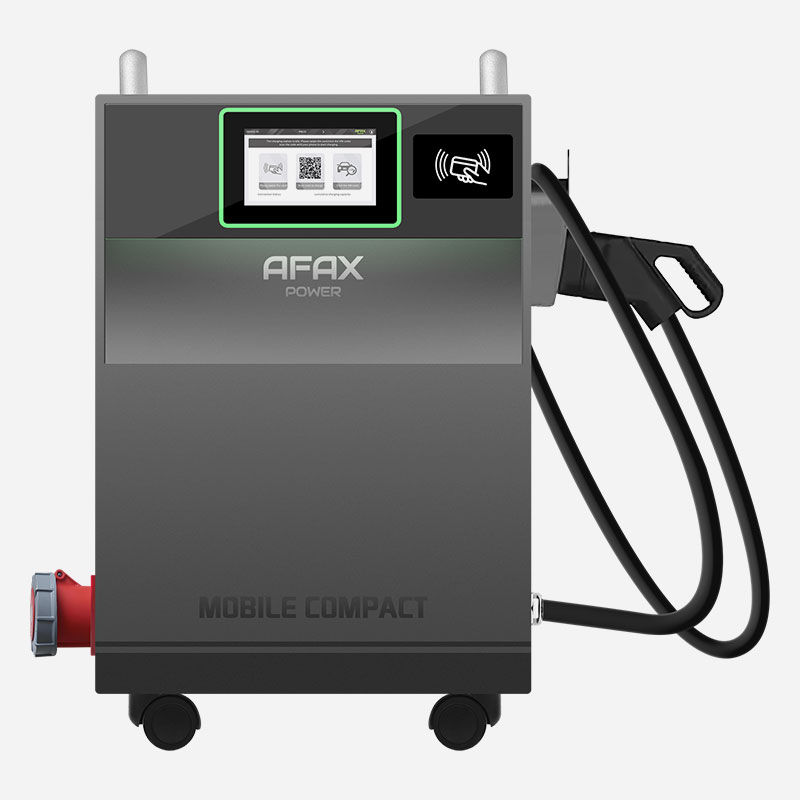The Evolution of EV Charging Stations - Past,Present & Future
- afaxpower5
- Mar 25
- 1 min read
The Historical Journey of Charging Infrastructure</h2>
The development of electric vehicle (EV) charging stations has undergone a remarkable transformation over the past three decades. What began as makeshift solutions for early EV adopters has evolved into a sophisticated global infrastructure network.
The Early Days (1990s-2000s): Pioneering Charging Solutions
In the initial phase of EV adoption, charging infrastructure was virtually nonexistent. Early charging solutions consisted of:
Modified industrial power outlets
Basic 120V Level 1 chargers (1-1.8 kW)
Proprietary connectors unique to each manufacturer
No standardized payment or access systems

The first public charging station in the U.S. was installed in 1998 in California, offering just 5-6 kW of power. These early units required 8-12 hours for a full charge and lacked network connectivity or smart features.
The Present Landscape (2010s-Present): Standardization and Expansion
Today's charging infrastructure features:
Over 2.7 million public chargers worldwide (IEA 2023)
Three distinct charging levels (Level 1, Level 2, DC Fast)
Standardized connectors (CCS, CHAdeMO, Tesla)
Smart charging capabilities
Mobile app integration
Dynamic load management
Companies like https://www.afaxpower.com" AFAX Power are driving innovation with advanced charging solutions that combine power delivery with energy management.
The Future (2025-2040): Next-Generation Charging</h3>
Emerging trends include:
Ultra-fast charging (350-500 kW becoming standard)
Battery-buffered stations reducing grid demand
Vehicle-to-grid (V2G) bidirectional charging
Autonomous charging robotic connectors
Renewable integration solar-powered stations
Megawatt charging for heavy-duty EVs




Comentários